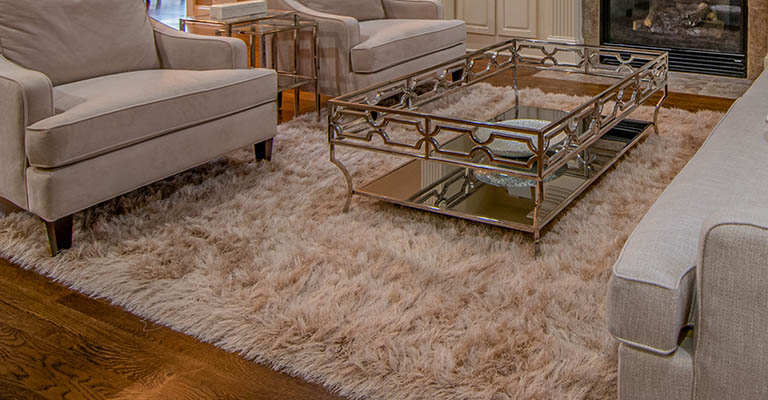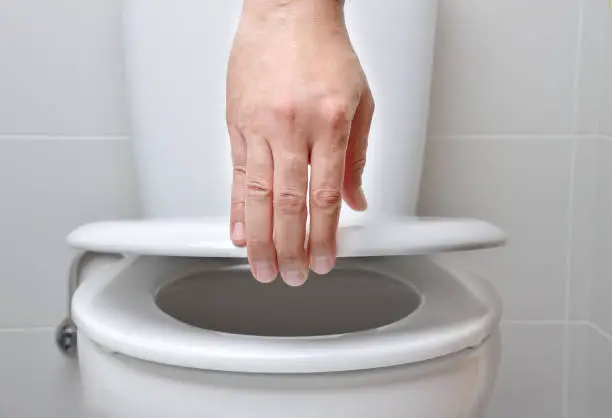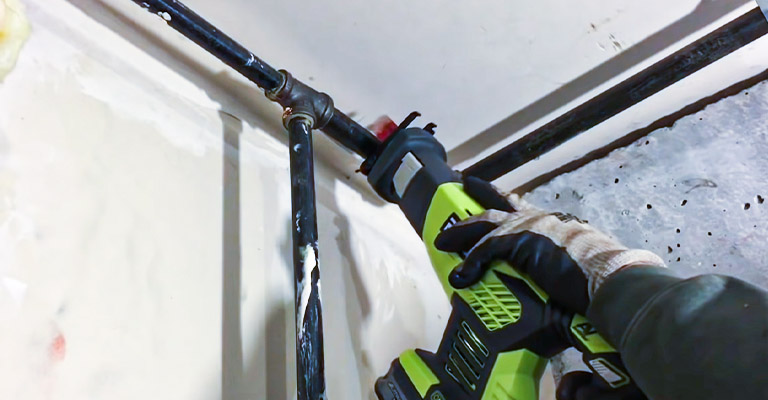Understanding the Linear Foot

When diving into projects that involve construction, carpentry, or even interior design, you’ll often come across the term ‘linear foot’. But what does it exactly mean, and why is it so important in these industries? This article delves deep into the concept of linear feet, highlighting its significance and how it differs from other measurements like square feet.
What is a Linear Foot?
A linear foot, simply put, is a measure of length equaling 12 inches or one foot. It’s a linear measurement, meaning it only takes into account length, irrespective of width or thickness. This measurement is pivotal in various industries, particularly where materials are sold by length.
Linear Foot vs Square Foot: Understanding the Difference
It’s easy to confuse linear feet with square feet, but they measure different things. While a linear foot measures length, a square foot measures area. For instance, when you buy a 10-foot long pipe, you’re paying for 10 linear feet. In contrast, when you’re covering a floor that’s 10 feet by 10 feet, you’re dealing with 100 square feet.
How to Measure Linear Feet
Measuring linear feet is straightforward. You simply measure the length of an item in feet. If it’s longer than a foot, you convert it into feet from inches. For example, a 30-inch board is 2.5 linear feet.
Applications of Linear Foot in Various Industries
In construction, linear feet are used to purchase materials like lumber or piping. Similarly, in interior design, fabrics or trimmings are often sold per linear foot. Understanding how to measure and calculate linear feet ensures you buy the right amount of material, saving both time and resources.
Calculating Costs by Linear Foot
Often, costs in construction or carpentry projects are estimated per linear foot. This means the price of materials is given for each foot of length. By knowing the total linear feet needed, you can easily calculate the total cost of materials.
Tips for Accurate Measurement
1. Always use a reliable measuring tape.
2. Measure at least twice for accuracy.
3. Convert all measurements to feet for consistency.
Incorporating Linear Foot Measurements in DIY Projects
For DIY enthusiasts, understanding linear foot measurements is incredibly beneficial. Whether you’re building a bookshelf, laying down new pipes, or even creating a garden bed, knowing how to calculate linear feet will help you estimate the amount of material needed accurately. For instance, if you’re building a fence, you’ll need to know the total linear feet to determine how much wood to purchase.
Common Mistakes to Avoid
Not Accounting for Waste
Always factor in a little extra material to account for cuts and waste.
Mixing Measurements
Stick to one measurement unit (feet or inches) to avoid confusion.
Ignoring Width and Thickness
While the linear foot is a length measurement, considering the width and thickness of materials is crucial for overall project planning.
Real-World Example: A Case Study
Consider a real-world example where linear foot measurements play a crucial role. Let’s say you’re installing new hardwood flooring in a room. The floorboards are sold per linear foot. You’ll need to calculate the total length of the boards needed to cover the room’s area. Here, understanding both linear and square footage is essential to ensure you purchase enough material without significant overage.
Interacting with Vendors and Suppliers
When purchasing materials sold by the linear foot, clear communication with vendors and suppliers is key. Ensure you’re both on the same page regarding measurements and quantities. This will help in getting accurate quotes and avoid misunderstandings.
The Environmental Impact of Accurate Measurements
Accurate linear foot measurements aren’t just about cost-efficiency; they also have an environmental impact. By purchasing only what you need, you minimize waste and contribute to sustainable practices in industries like construction and carpentry.
FAQs on Linear Foot
Q: Is linear foot the same as a foot?
A: Yes, a linear foot is the same as a regular foot measurement, focusing solely on length.
Q: How do I convert inches to linear feet?
A: Divide the number of inches by 12 to convert to linear feet.
Q: Can linear feet measurements affect project costs significantly?
A: Yes, incorrect measurements can lead to buying excess or insufficient materials, impacting the project’s cost.
Enhancing Your Skills
For those looking to enhance their skills in measurements and project planning, consider taking a short course or workshop on construction mathematics or carpentry. This knowledge, combined with practical experience, will refine your ability to use linear foot measurements effectively.
Conclusion
Understanding linear footage is crucial in various fields, particularly when it comes to ensuring accurate project planning and execution. The linear foot measurement serves as a fundamental unit that simplifies the procurement and usage of materials, offering a straightforward way to calculate needs based on the straight line length of items. Whether you’re a professional wondering ‘how many linear feet do I need?’ or a DIY enthusiast grappling with the intricacies of linear feet versus square footage, mastering this measurement can significantly impact the success of your projects. Remember, one linear foot equals 12 inches, and this basic unit is key in calculating square feet, essential for determining how much floor space will be covered or how much space a particular project will occupy.
When it comes to practical applications, knowing how much linear footage you need helps in efficiently planning and utilizing resources. This is especially true in tasks that involve cubic feet calculations, where volume is a concern. Accurate measurement not only ensures that you have enough material without excess but also aids in budgeting and environmental sustainability. The correct measurement is crucial, and this extends to understanding the relationship between linear feet and square footage. Whether it’s for construction, crafting, or any other field where precise material measurement is needed, a solid grasp of linear foot measurement is indispensable. This knowledge empowers you to make informed decisions, ensuring that your projects are not only successful but also economically and environmentally sound.





